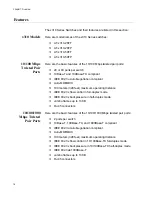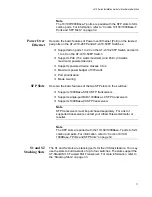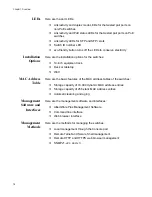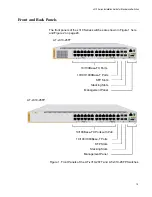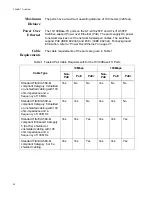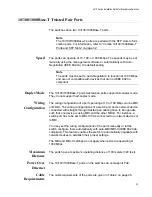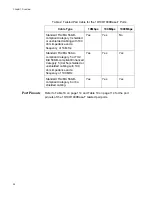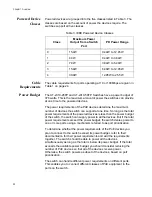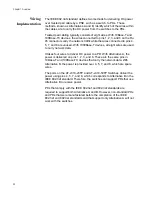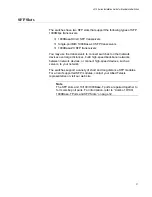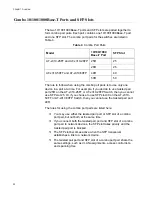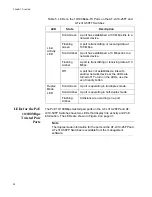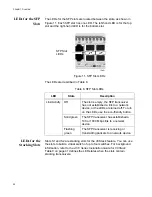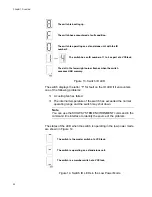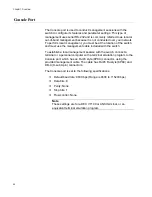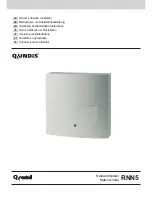
Chapter 1: Overview
30
Wiring
Implementation
The IEEE 802.3af standard defines two methods for delivering DC power
over twisted pair cable by a PSE, such as a switch, to PDs. These
methods, known as Alternatives A and B, identify which of the wires within
the cables are to carry the DC power from the switches to the PDs.
Twisted pair cabling typically consists of eight wires. With 10Base-T and
100Base-TX devices, the wires connected to pins 1, 2, 3, and 6 on the RJ-
45 connectors carry the network traffic while the wires connected to pins 4,
5, 7, and 8 are unused. With 1000Base-T devices, all eight wires are used
to carry network data.
It takes four wires to deliver DC power to a PD. With Alternative A, the
power is delivered on pins 1, 2, 3, and 6. These are the same pins in
10Base-T and 100Base-TX devices that carry the network data. With
Alternative B, the power is provided over 4, 5, 7, and 8, which are spare
wires.
The ports on the AT-x310-26FP and AT-x310-50FP Switches deliver the
power using pins 4, 5, 7, and 8, which corresponds to Alternative B in the
IEEE 802.3af standard. Therefore, the switches can support PDs that use
Alternative B to receive power.
PDs that comply with the IEEE 802.3af and 802.3at standards are
required to support both Alternative A and B. However, non-standard PDs
and PDs that were manufactured before the completion of the IEEE
802.3af and 802.3at standards and that support only Alternative A will not
work with the switches.
Summary of Contents for AT-x310-26FP
Page 10: ...Tables 10 ...
Page 14: ...Preface 14 ...
Page 46: ...Chapter 1 Overview 46 ...
Page 56: ...Chapter 2 Beginning the Installation 56 ...
Page 92: ...Chapter 5 Cabling the Networking Ports 92 ...

